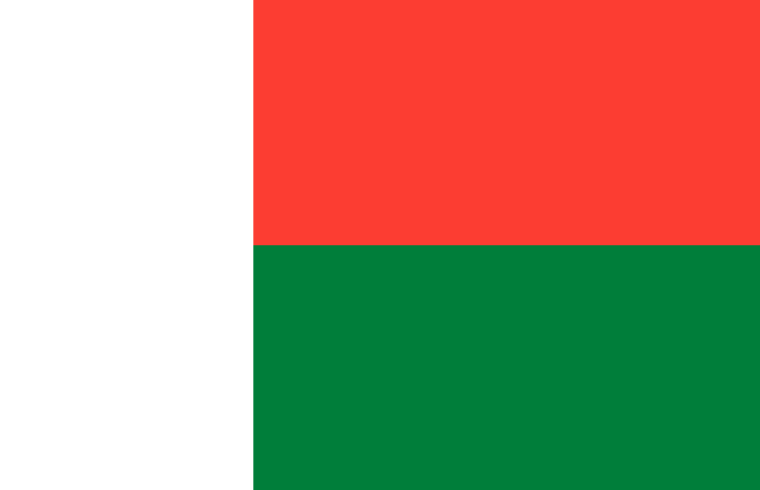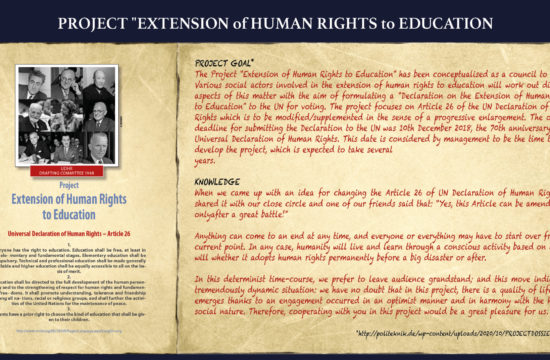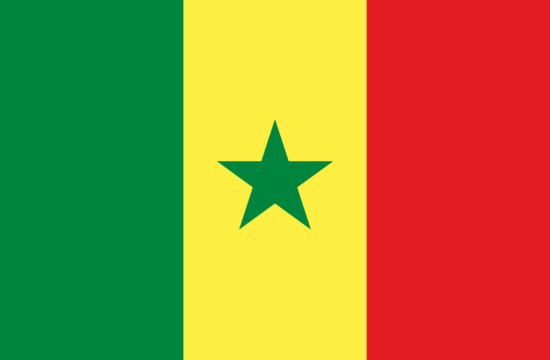Maître de conférences Université de Toliara – MADAGASCAR
Extremely difficult living conditions cover almost all school and university levels in Madagascar. Their development lies in its area of 592,000 km2 spread over six provinces or twenty-two regions with 1,549 urban and rural municipalities.
It is exactly generalized, but this article is far from covering all the facts relating to it. However, it affects the different spheres of the Malagassy education system. No area is spared.
An obvious situation really experienced at all levels of education is marked by the lack of infrastructure (from primary to higher education). Fortunately, the state is trying to alleviate this evil at the top of the scale by establishing new regional universities.
Unfortunately, the impotence of the state is turning public care into „framisation“.
This term is taken from the radical FRAM, the abbreviation of Fikambanan’ny Ray Aman-drenin’ny Mpianatra, the Malagassy equivalent of the APE (Association of Parents of Students).
We know that „framisation“ can be defined as an approach of taking charge of a public school by the association of parents of pupils concerned. This is „mandated“ to subsidize untrained or poorly trained pseudo-teachers.
For example, the public education system has an excessively 3,093 “FRAM teachers” in the South-West region, while the agents normally recruited are only 5,549. But in the current state of affairs, a process of „deframing“ is emerging but struggling to impose itself, even to crystallize with the hesitant effort of the current regime.
Unfortunately, sometimes the authorities‘ acquiescence goes so far as to send the children to school, even if it means making them sit on the floor, especially for Primary.
Of course, the current regime is starting to clumsily mark its effort without it being possible to respond in the current state of affairs to the exponential increase in new school leavers or new graduates to the upper classes.
Thus, the 52% of Malagassy children are illiterate. Many fokontany do not yet have buildings for their public primary schools. Fortunately, the help of civil society organizations more or less alleviates this problem.
This is the case of the EPP of Betaidambo, an eccentric area of the school district of the city of Toliara I (South-West region), which benefited from the intervention of the Soroptimist women’s association for the endowment of a few functional classrooms.
In addition, the efficiency of the education system is declining, seen through the completion rates (2018- 2019) going from level I (primary education) evaluated at 24%, to level II (colleges) at 12.34% and at level III (high schools) at 6.52 in southwestern Madagascar.
At this level, it is worth mentioning the problem of language learning. Despite the trilingual exit profile, graduates encounter difficulties in mastering the official national languages, French and English. In fact, no language policy has been well put together to date.
Without speaking of French, the language of educational communication, young Malagassy go so far as to have poor command of the official Malagassy language. This conjuncture only worsens the process of learning and formation at all levels up to the Superior. And this only encourages the lowering of wastage rates and success rates in the education system.
In addition, in our system, ICTs are not so integrated despite the recommendation of Law 2004 – 004 in its article 15. Indeed, the installation of the LMD system is starting to be established theoretically. But in practice, this mechanism suffers from the incapacity of students, and even some teachers.
It should be noted that, given the weakness of the purchasing power of parents, and even responsible teachers, educational actors only more or less use computers for the purposes of their personal work. Moreover, it is not just a question of the lack or insufficient number of computers on the university premises.
But we must also mention the inability or incompetence in the handling or even use of a computer. Here, we cannot ignore the lack of computer connection that can benefit students.
At fortiori, the university institution does not even have enough computers for the implementation of student empowerment, especially for the consultation of documents. For example, our Department or Mention of Letters Malagassy at Toliara University has only one computer without a computer connection in its secretariat without any direct benefit to the students.
Added to this is the fact that the country’s literacy rate among the mass of people aged 15 and over is palpable. In 2019, it is estimated at 64.7% (total population), 66.7% (men) and 62.6% (women).
Despite the appreciable implementation of the ASAMA method (Asa Sekoly Avotra Malagasy or Action Scolaire d’Appoint pour Malagaches Adolescents), it does not manage to alleviate illiteracy abundantly, as is hoped. And this continues to remain so given the incessant generation of new literates.
In addition, Law 2004-004 organizing the Malagasy education system absolutely recognizes in Article 22 only formal and non-formal education to the detriment of the informal component.
However, according to Abraham Pain in 2004, „until now, it is the largest piece of total learning in a person’s life.“ This sector suffers greatly from its material stagnation, while about 83% of the Malagasy population live in rural areas.
We indeed know that like the slums in urban, suburban and suburban areas, the countryside has little television for lack of electricity. As for the radio, it is poorly intercepted there for lack of an appropriate reception network.
We conclude this fact. The current situation of the Malagassy education system seems not to be able to fully fulfill all its functions in terms of the quantity and quality of infrastructure, furniture, documentation, as well as human resources with the teaching hours painfully dispensed.
Even more so, there is a palpable imbalance in the material and spatial management of educational structures: for example, the department (mention) of malagassy at the University of Toliara does not have a single computer with its 564 students. This tool is, however, strictly intended only for its humble secretariat. On the other hand, a primary school in the region of Antananarivo, EPP Mahavelona in the district of Soavinandriana, has a few computers. By generalization, how could we positively assess the influence of our education system on its general environment? Our education sector plan remains controversial, as unanimity has not been adopted in high decision-making circles.
In view of all the above, to what extent could national education effectively contribute to the exit of Madagascar from its 4th place among the poorest countries in the world? But hope keeps developers alive! In fact, one might expect something from the positive implementation of Madagascar’s Emergence Plan barely implemented by the new regime, especially if one intends to increase the budget allocated to education, hitherto undesirable.











